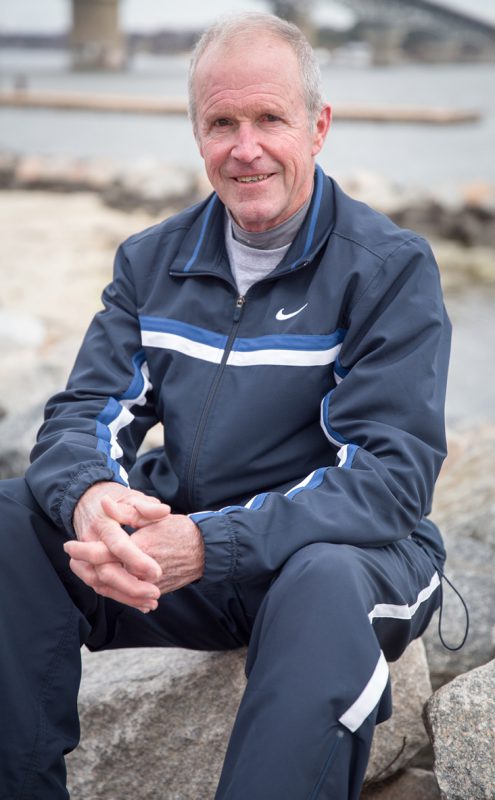By Lori Sprott, ACE-CPT
 It’s no secret that exercise is important for maintaining health and wellness, regardless of age.
It’s no secret that exercise is important for maintaining health and wellness, regardless of age.
The National Institute on Aging has published its Exercise & Physical Activity guide, highlighting what staying active means and the benefits of continuing to move. Physical activity for older adults, according to the Institute, can range from running and playing sports to comfortable walks to doing household chores, depending on their health and current fitness level.
For people who have been athletic much of their lives, finding themselves ‘aging athletes’ can feel like facing the end of the activities they love, and that often leads older adults to untie their running shoes or hiking boots permanently, when things feel too painful or strenuous.
According to the President’s Council on Fitness, Sports & Nutrition, only 35-44 percent of adults 75 years or older are physically active, while only 28-34 percent of adults ages 65-75 remain active. There are a number of reasons why; most commonly arthritis creeps in, making once fun activities like golf, tennis, walking or running uncomfortable.
But there are ways to tackle these issues, starting with attacking the problem before it grows. A surprising factor that can contribute to arthritis pain is loss of balance. As patients compensate for pain, balance and ambulation can be affected, which often only brings more pain, instability, and uncertainty.
This gradual shift may be subtle and go unnoticed. A physical therapist or personal trainer can perform functional movement screening to assess instabilities, balance issues and areas of discomfort. How patients perform in unilateral and balance exercise screenings can reveal a lot about the stability of their hips, ankles, knees, shoulders, elbows and wrists.
Patients often seek treatment for knee pain, but assessment reveals the cause of the discomfort to be an altered gait from hip instability. Crafting appropriate exercises and therapies to strengthen those areas can improve the form of the movement and slowly help patients rebuild their comfort and confidence.
There are several non-invasive exercises and therapies to help improve balance, motor skills, and muscle tone in areas that have become painful or unstable due to aging. Strength training, balance work, conditioning, cardio aerobic training and refining fine motor skill reactions go a long way to helping older patients reach their athletic goals.
Such training should be tailored to patients’ health, specific problems, goals for activity and fitness level. Not all older adults will be able to continue running 5K races, while others will. For some, the goal will be to walk comfortably around the neighborhood or safely play with grandchildren. Others will shoot to return to golf or tennis.
Slowing down is part of aging, but it needn’t mean the end of an active life. The most important thing older adults can do is stay on top of those early aches, pains, and stiff joints. It’s important to take action early to avoid having to give up favorite activities, whether running, walking, swimming or playing golf.
 Lori Sprott joined Tidewater Performance, a division of Tidewater Physical Therapy, in 2011. She earned a BS in Exercise Science from Virginia Tech. She is a certified Ace personal trainer, and a certified USA swim coach.
Lori Sprott joined Tidewater Performance, a division of Tidewater Physical Therapy, in 2011. She earned a BS in Exercise Science from Virginia Tech. She is a certified Ace personal trainer, and a certified USA swim coach.

